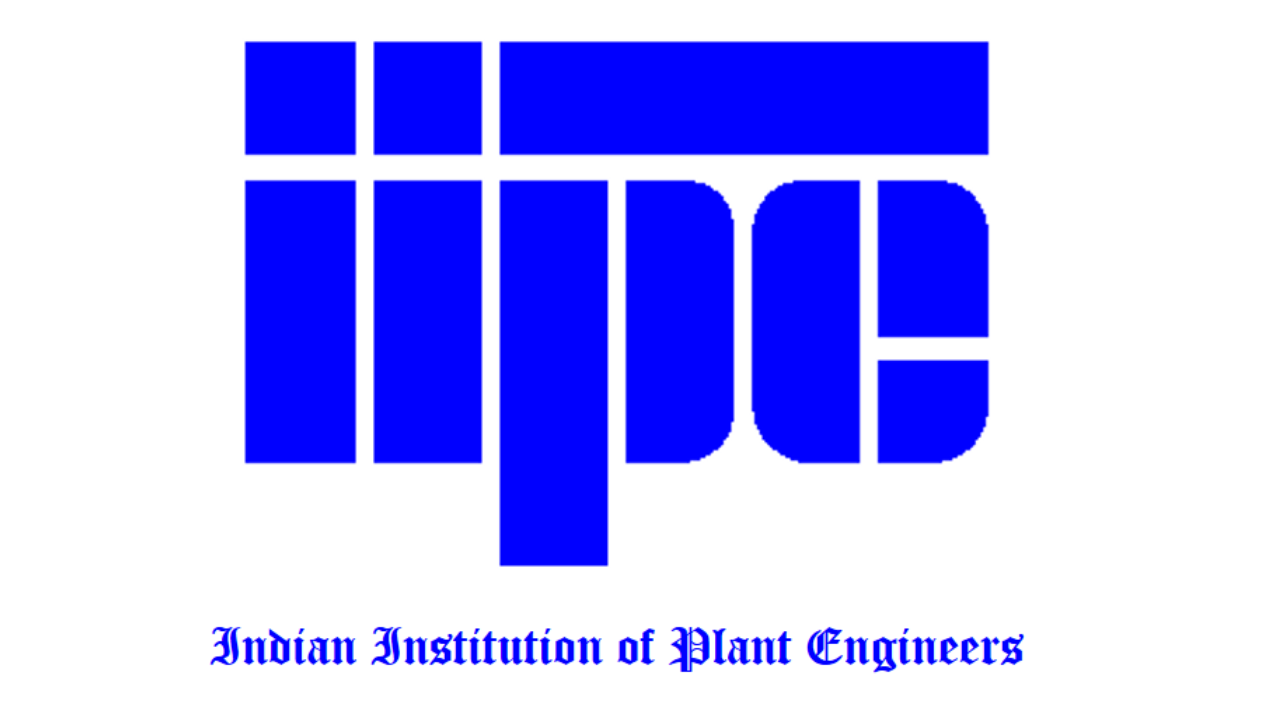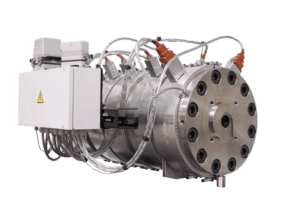In industrial settings, static machines play a critical role in processing applications, from manufacturing to petrochemicals. One of the most overlooked yet essential components in optimizing machine performance is filter media. Recent innovations in filter technology are driving efficiency, reducing downtime, and improving operational longevity. Lets explore how next-generation filter media is reshaping industrial filtration and its impact on static machinery.
The Role of Filter Media in Static Machines
Filter media in static machines ensures particulate removal, contamination control, and fluid purification. Whether deployed in air intake systems, hydraulic circuits, or cooling systems, the quality and efficiency of the filter medium determine overall machine reliability. Conventional filters often suffer from rapid clogging, inefficiency, and high replacement costs. However, modern advancements in filter media are overcoming these challenges.
Key Innovations in Industrial Filter Media
1. Nanofiber Technology for Ultra-Fine Filtration
Nanofiber-based filter media significantly enhance filtration efficiency by capturing ultra-fine contaminants while maintaining airflow. These filters provide extended service life, reducing maintenance frequency and costs for static machines in industrial applications.
2. Electrostatic Charge Filtration
Advanced electrostatic filter media use charged fibers to attract and capture sub-micron particles. This method is particularly effective in oil mist separation and industrial air filtration systems, improving static machine performance in environments with high contamination risks.
3. Self-Cleaning Filter Media
Innovations in self-cleaning filter media involve automated purging mechanisms that prevent clogging. These systems enhance operational efficiency by reducing manual interventions, making them ideal for static machines in heavy industries such as mining, cement, and power generation.
4. High-Temperature-Resistant Filters
For static machines operating in extreme thermal conditions, high-temperature-resistant filter media composed of ceramic or sintered metal fibers ensure durability and consistent performance. These materials withstand aggressive industrial environments, extending the life cycle of machinery components.
5. Eco-Friendly and Sustainable Filtration Solutions
Sustainability-driven filtration media are gaining traction, incorporating biodegradable and recyclable materials. These innovations reduce environmental impact while maintaining superior filtration performance, making them ideal for industries focused on green manufacturing and regulatory compliance.
Industry Applications of Advanced Filter Media
- Petrochemical Plants: Enhancing static machine efficiency by reducing contamination in refining processes.
- Pharmaceutical Manufacturing: Ensuring sterile conditions through high-efficiency particulate air (HEPA) filtration.
- Food and Beverage Processing: Maintaining product purity by preventing microbial contamination.
- Power Generation Facilities: Improving turbine longevity and cooling system efficiency with advanced air and liquid filtration.
Benefits of Upgrading to Next-Gen Filter Media
- Extended Equipment Lifespan: Reduced wear and tear due to superior filtration.
- Lower Maintenance Costs: Self-cleaning and long-life filters minimize downtime.
- Improved Operational Efficiency: Higher flow rates and better contaminant removal.
- Sustainability Compliance: Adoption of eco-friendly filtration materials aligns with green initiatives.
Next-generation filter media is redefining the performance capabilities of static machines in industrial applications. By adopting these advanced filtration technologies, industries can achieve higher efficiency, lower maintenance costs, and enhanced environmental sustainability. As filtration continues to evolve, integrating innovative filter media solutions will be a key driver for industrial progress.









